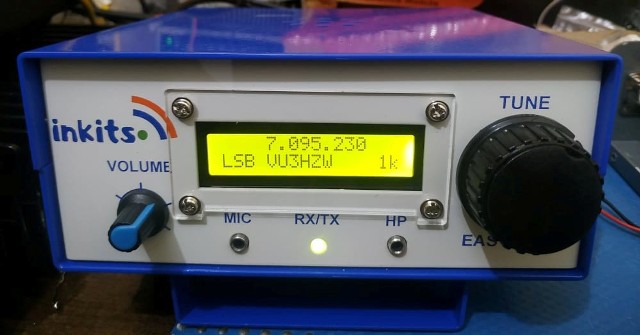The FLL frequency counter used for Bitx3B may sometimes not read the frequency from the Bitx3b VFO stage, the reason being the VFO buffer has a low output kept for the stability of the VFO. It is observed that in some cases the Freq counter does not read the freq and some times it does, some transistors may have a higher gain and some lower as the brand is not same for all the kits we supply the 2n3904 transistor. Due to the different gain of transistor the issue of FLL not reading the freq arises.
The solution is simple without disturbing the VFO capacitors value's we just need to change C13 in the FLL Freq counter from 22PF
to 47 PF. I tied this and it works fine.
Here is a picture of FLl Freq counter with FLL C13 that has to be changed to 47PF
The second issue of VFO Freq Stability.
T50-6 was tried on the VFO of Bitx3B with around 50 turns. Kindly adjust turns to reach 4.MHZ reading on the VFO, you may have to wind turns as per need, if you connect the FLL freq counter you could wind the turns with out much trouble.
I must admit that T50-6 is much much better with no drift at all. in the VFO. I was able to have a qso with VU2YK on this Sunday for more than 15 minutes with a very stable VFO with zero drift .
Also I took a video of Bitx3B showing the freq stability. This Video taken with the antenna not connected, just to check the VFO on power on.
The VFO works okay also with the T37-6 with very less drift but was found better with T50-6. Next experiment is to try 2 nos of T37-6 stacked together. I shall publish the result soon.





.jpg)

